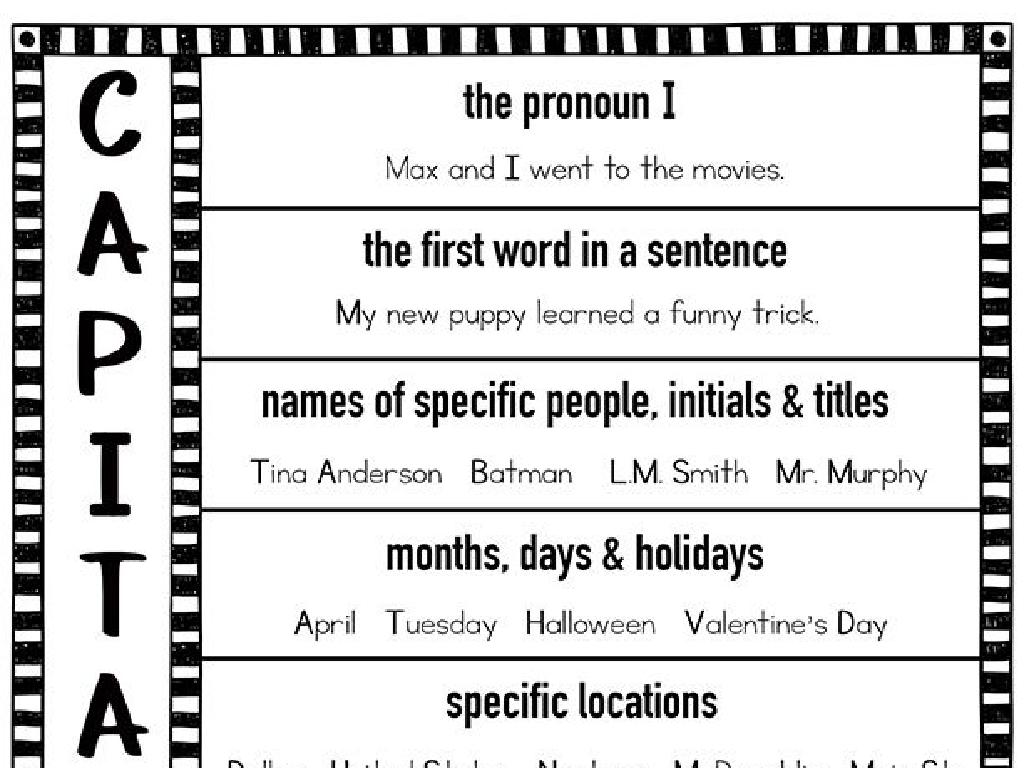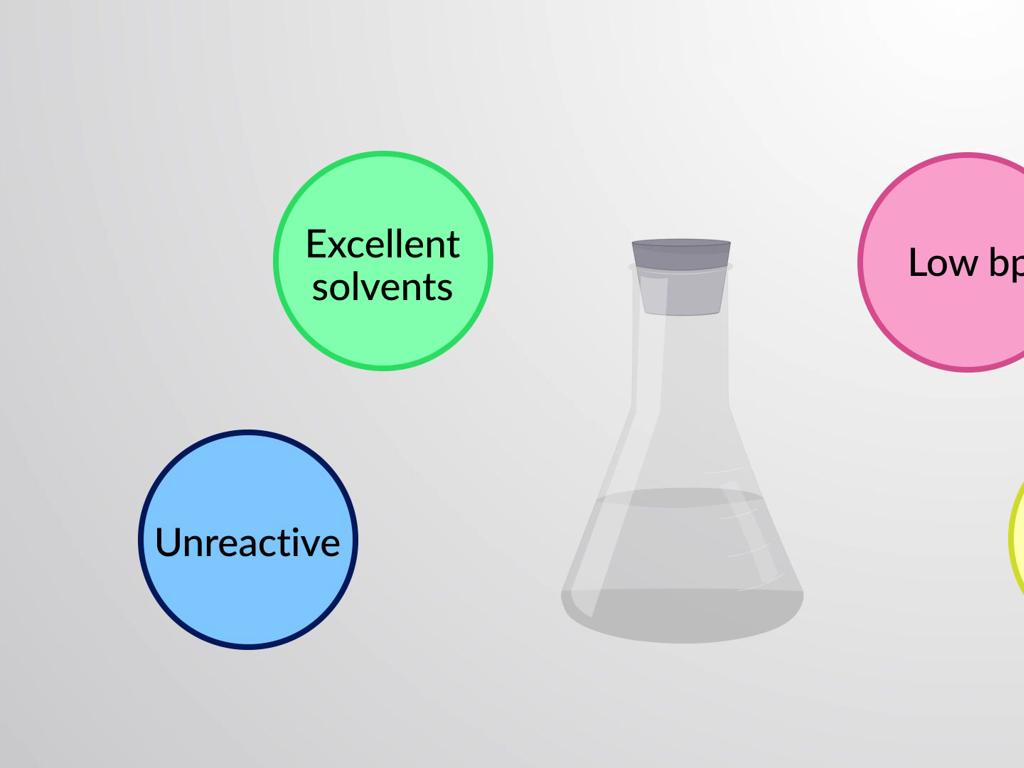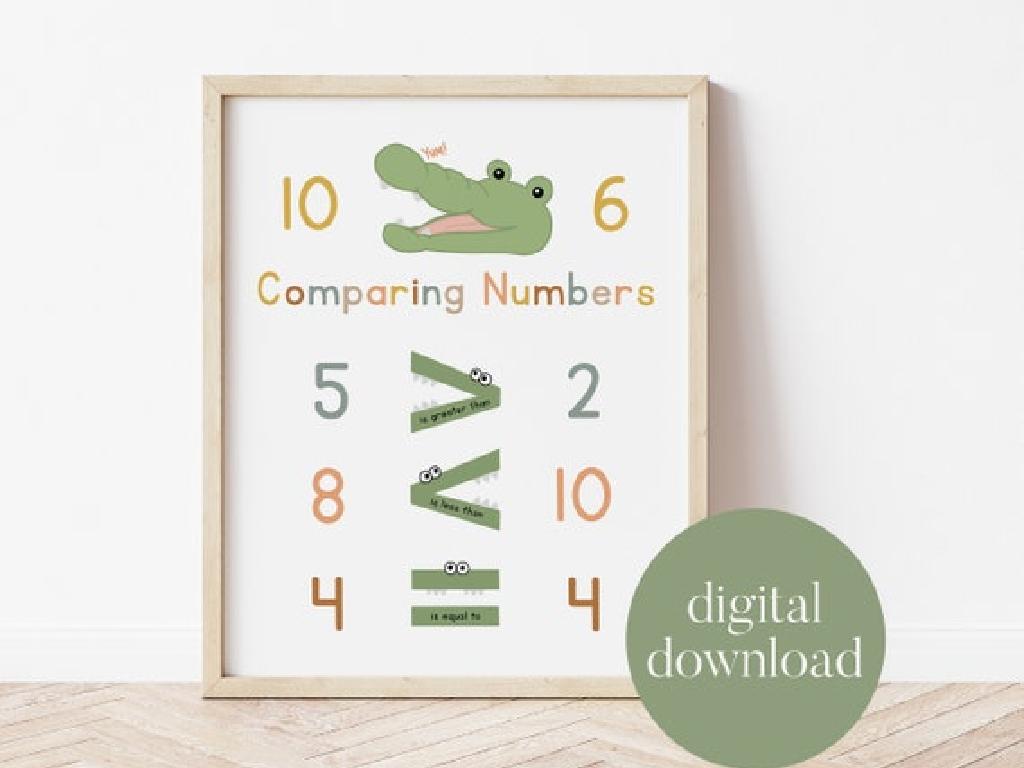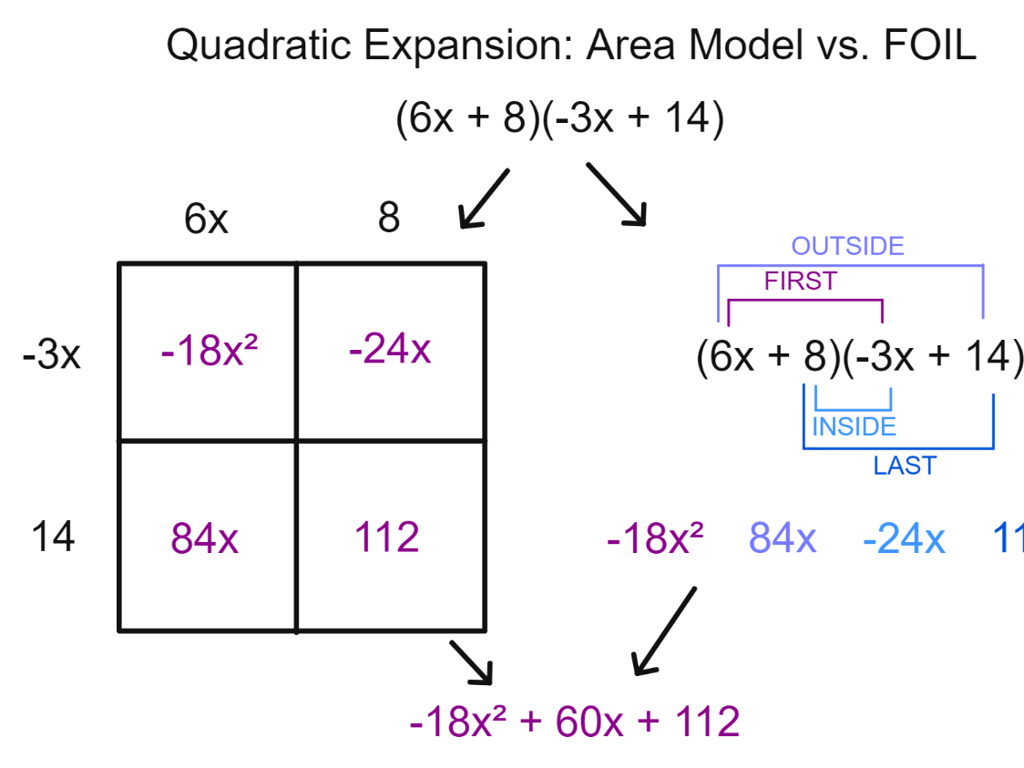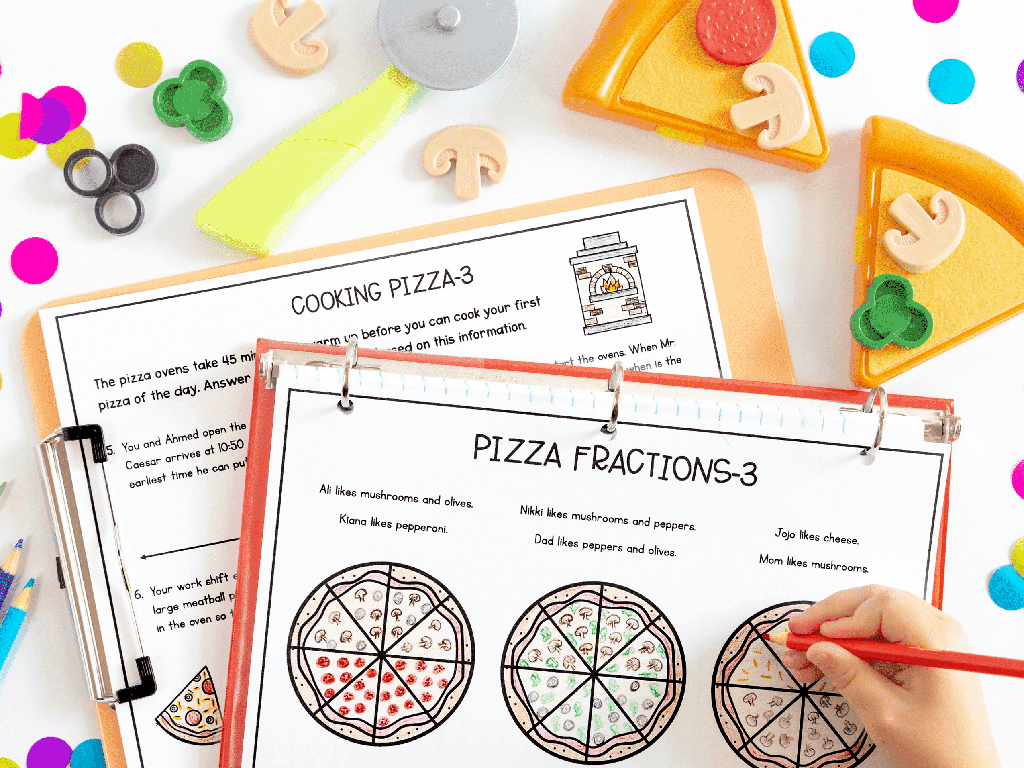Choose The Uppercase Letter That Matches: A, B, D, E, G, H, N, Q, R
Subject: Language arts
Grade: Kindergarten
Topic: Lowercase And Uppercase Letters
Please LOG IN to download the presentation. Access is available to registered users only.
View More Content
Welcome to Letters: Big and Small
– Learn about big & small letters
– Big letters are uppercase, small letters are lowercase
– Spot the difference: uppercase vs lowercase
– Uppercase letters start sentences, lowercase follow
– Matching game with letters
– We’ll match big letters to their little partners
– Practice with A, B, D, E, G, H, N, Q, R
– Find the big letter that matches each small letter
|
This slide introduces kindergarteners to the concept of uppercase and lowercase letters, emphasizing the visual differences between them. The matching game is designed to help students recognize and pair uppercase letters with their lowercase counterparts. It’s a fun and interactive way to reinforce letter recognition skills. Teachers should prepare letter cards for the game, ensuring that both uppercase and lowercase versions of A, B, D, E, G, H, N, Q, R are included. During the activity, encourage students to say the letter names aloud to enhance auditory learning. After the game, discuss which letters were easy or difficult to match and why.
Meet the Uppercase Letters
– Uppercase letters: Big letters
– Use at sentence starts and names
– Sing the uppercase letter song
– We’ll sing to learn A, B, D, E, G, H, N, Q, R
– Match uppercase to lowercase
– Find the big letter for a, b, d, e, g, h, n, q, r
|
This slide introduces Kindergarten students to uppercase letters, emphasizing their size and when they are used. Start by explaining that uppercase letters are the ‘big’ versions of letters and are special because they are used at the beginning of sentences and for names, which are important. Engage the students with a fun uppercase letter song to help them remember the letters. After the song, have an activity where students match lowercase letters to their uppercase counterparts, focusing on the letters A, B, D, E, G, H, N, Q, R. This will help reinforce their understanding of both uppercase and lowercase letters. Prepare to assist students who may struggle with certain letter pairs and ensure that each student has a chance to participate.
Meet the Lowercase Letters
– What are lowercase letters?
– Small letters in the alphabet, like a, b, c…
– When do we use lowercase letters?
– Used in sentences, names, and everyday writing
– Sing the lowercase letter song
– A fun song to remember them all
– Match lowercase to uppercase
– Find the big letters that look like the small ones
|
This slide introduces Kindergarten students to the concept of lowercase letters, which are the smaller versions of the alphabet used in most writing. Explain that these letters are what we use to write words and sentences. Engage the students by singing a song that helps them remember the lowercase letters. After the song, transition to an activity where students match lowercase letters with their corresponding uppercase counterparts, focusing on the letters A, B, D, E, G, H, N, Q, R. This will help reinforce their understanding of the alphabet and the difference between uppercase and lowercase letters. Prepare a set of flashcards with both uppercase and lowercase letters for the matching activity.
Let’s Match Letters!
– Match big letters to small friends
– Look at uppercase, find lowercase
– Find small ‘a’ for big ‘A’
– Does ‘a’ look like ‘A’? Let’s see!
– Fun matching game
– We’ll play a game to match all letters
|
This slide introduces a matching game to help Kindergarten students recognize and pair uppercase letters with their lowercase counterparts. Start by explaining that uppercase letters, also known as big letters, have matching small friends, which are the lowercase letters. Use visual aids like flashcards or a whiteboard to display the uppercase letters. Then, ask the students to find the corresponding lowercase letter. For example, show the letter ‘A’ and ask the students to find ‘a’. Make this a fun and interactive game by encouraging students to come up to the board to match the letters or to call out the matches from their seats. This activity will help reinforce letter recognition in a playful and engaging way. Prepare a set of letter cards for the activity, and consider having multiple sets for group work.
Letter Hunt Adventure
– Let’s search for uppercase letters!
– Can you spot the uppercase ‘B’?
– Look for the big, bold ‘B’ in the picture.
– Now, let’s find lowercase letters!
– Where is the lowercase ‘d’ hiding?
– Search for the small ‘d’ among the letters.
|
This slide is designed to engage Kindergarten students in a fun and interactive letter hunt activity. The goal is to help them differentiate between uppercase and lowercase letters through visual identification. Encourage the students to look closely at the picture provided and identify the letters ‘B’ and ‘d’. For the uppercase ‘B’, prompt them to look for a big and bold letter that stands tall. For the lowercase ‘d’, guide them to find a small letter with a round shape at the top. You can extend the activity by asking students to find other uppercase and lowercase letters in the picture or in the classroom. This activity supports letter recognition skills, which are crucial for reading and writing development in young learners.
Practice Time: Matching Letters
– Write uppercase letters A to R
– Match with lowercase a to r
– Start letters at the top
Starting at the top helps with letter formation
– Practice makes perfect!
The more we practice, the better we’ll get!
|
This slide is for a classroom activity where students will practice writing uppercase letters and their corresponding lowercase counterparts. Emphasize the importance of starting at the top for proper letter formation. Encourage students to take their time and make each letter carefully. Provide them with lined paper to help guide their writing. As they write, walk around the classroom to offer help and praise their efforts. For students who finish early, challenge them to write their full name in both uppercase and lowercase letters. This activity will help reinforce their understanding of the alphabet and the difference between uppercase and lowercase letters.
Class Activity: Matching Uppercase and Lowercase Letters
– Play a game with letter cards
– Each student gets a set of cards
– Cards have both uppercase ‘A, B, D…’ and lowercase ‘a, b, d…’
– Find matching uppercase and lowercase pairs
– Look for the big ‘A’ and the little ‘a’ and put them together
– Who can match them the fastest?
|
This activity is designed to help Kindergarten students recognize and match uppercase and lowercase letters. Distribute pre-made cards to each student, ensuring each set contains the uppercase letters A, B, D, E, G, H, N, Q, R and their corresponding lowercase counterparts. Encourage the children to find the matching pairs by looking at the shapes of the letters. You can turn this into a fun competition by seeing who can find all their pairs the fastest. Offer assistance to students who may struggle and ensure that each child is praised for their effort. This will help reinforce their understanding of the alphabet and the concept of uppercase and lowercase letters.
Celebrating Uppercase & Lowercase Letters
– Big letters start names & sentences
– Small letters are used most other times
– Clap for matching letters!
– You matched A with a, B with b, and so on!
– Keep practicing at home
– Try finding big & small letters in your favorite book!
|
This slide is a conclusion to reinforce the lesson on uppercase and lowercase letters. Emphasize the rules of when to use big (uppercase) and small (lowercase) letters. Congratulate the students on successfully matching the letters during the lesson. Encourage them to give themselves a round of applause for their hard work. Remind them to keep practicing by identifying uppercase and lowercase letters in their environment, like in books or on signs. This will help solidify their understanding and recognition of the alphabet in different contexts.

